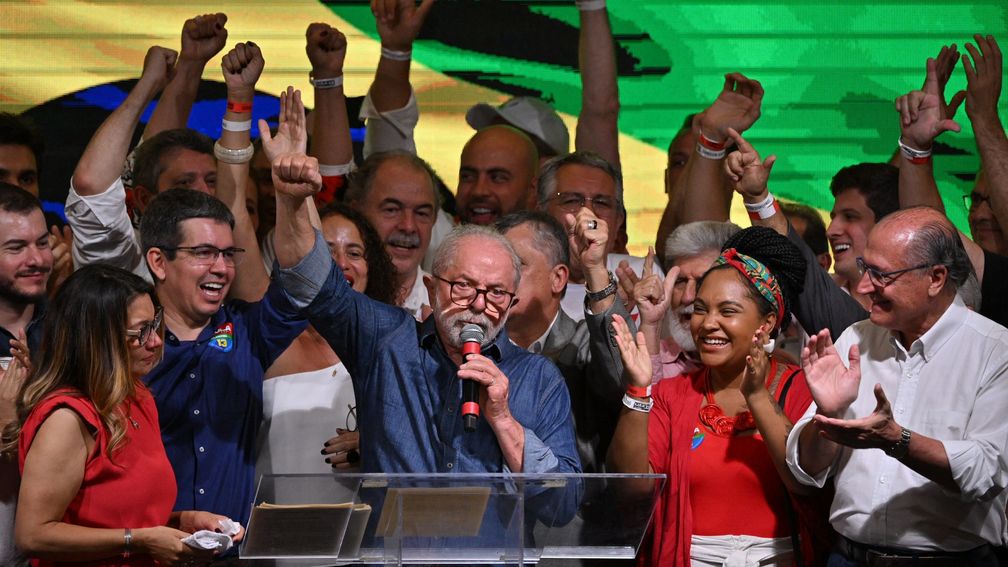
Luiz Inácio Lula da Silva was re-elected President of Brazil after more than ten years. He previously served from 2003 to 2011. In 2017, Lula was convicted of corruption. His conviction was overturned after 580 days in prison, but his opponents say he’s still a thief.
Who is he and how did he become President?
Lula was born in 1945 in one of the poorest regions of Brazil, Pernambuco in the northeast. Like many Brazilians, the Da Silva family wanted to escape poverty by moving south. His father was the first to leave for Sao Paulo. When his mother followed years later, it turned out that his father had started a second family there.
Lula was the first in his family to learn to read and write. From the outskirts of Sao Paulo he worked his way up to become a metalworker and union leader. During the dictatorship he organized large protests and strikes.
“Lula starts his campaigns when the dictatorship is slowly crumbling. He stands for the democratization of Brazil,” said Fabio de Castro. Assistant Professor of Brazilian Studies at CEDLA, University of Amsterdam.
Lula supporters took to the streets lavishly last night as Bolsonaro supporters denied victory:
In 1980, Lula founded the Partido dos Trabalhadores, the Labor Party, with a group of academics and workers. After the end of the dictatorship in 1985, he took part in the first elections in which the people could choose the president. Many saw him as a communist who would destroy Brazil economically. He lost three consecutive presidential elections, in 1989, 1994 and 1998.
Lula’s image changed when he softened his tone in a 2002 letter to the people. He also urged more conservative leaders to join the Labor Party. That worked.
“This letter was very important because it showed that he was willing to work with the commercial sector,” says De Castro.
economic progress
In 2003, Lula became President of Brazil for the first time. Due to a huge surge in demand for commodities that Brazil is rich in, the economy grew against the cliffs.
According to Da Costa, Lula put that to good use. “Lula was therefore able to set up various social initiatives and expand existing ones. This leads to a reduction in poverty in Brazil.”
Lula is a skilled politician who knows how to forge coalitions, but certainly had the time. That is reflected in the numbers. In 2010, Brazil’s economy grew 7.5 percent at its peak, and 86 percent of Brazilians supported his presidency.
allegations of corruption
Despite the economic growth and enormous popularity he enjoyed at the time, a large proportion of Brazilians do not look back on that period with warm feelings. The reason for this is a major corruption investigation that was initiated in 2014 by his successor and party colleague Dilma Rousseff.
This Operation Car Wash exposed widespread corruption. The Labor Party is said to have received millions in bribes to finance Lula’s presidential campaign.
Rousseff was deposed. Lula was jailed for money laundering and corruption. He would have used his position to win major projects for construction companies and get money for them.
Innocent
“The evidence against Lula was weak. The judge who convicted him became Minister of Justice under Bolsonaro. It raises questions about his independence,” Da Costa said. Lula himself has always maintained that he is innocent.
In November 2019, the Supreme Court ruled that Lula’s conviction was wrongful and he was released, paving the way for a return to the highest office.
At 77, Lula is again President of Brazil. It seems unlikely that he will regain the popularity of the past.
Source: NOS
I’m Emma Jack, a news website author at 24 News Reporters. I have been in the industry for over five years and it has been an incredible journey so far. I specialize in sports reporting and am highly knowledgeable about the latest trends and developments in this field.







